Beavers are back for good!
Over 400 years have passed since the last beaver was shot in Scotland, but as of 1 May 2019 beavers are finally here to stay, receiving full legal protection as a European Protected Species. This means that it will now be illegal to capture, kill or disturb a wild beaver and damage or destroy a beavers’ breeding site or resting place, without a licence.
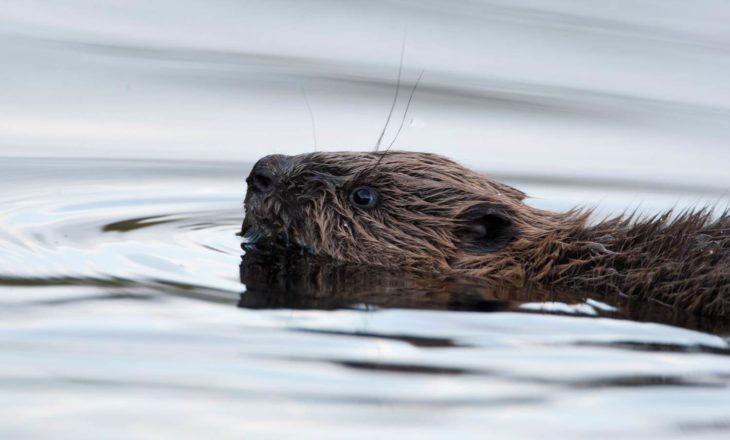
Beavers have a had a tough journey to becoming a protected species. A native species, they were hunted to extinction in the 1600’s, their thick pelts and meat making them vulnerable to persecution. Beavers were also hunted for an unusual substance used to mark their territory called castoreum. An oily liquid castoreum was not only used in the perfumes of the day due to its fragrant nature, but also as a painkiller. Castoreum has analgesic properties due to a high content of salicylic acid; nature’s aspirin, which is found in willow bark, one of the beavers’ favourite food items.
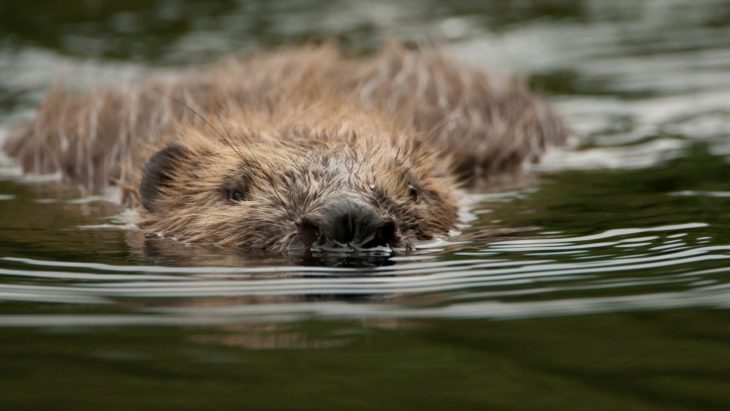
In 2009 the Scottish Wildlife Trust, alongside the Royal Zoological Society of Scotland and host Forestry Commission Scotland, was a key partner in the ground-breaking Scottish Beaver Trial, which with Scottish Government backing released 16 Norwegian beavers into Knapdale in Argyll.
Meanwhile in Tayside, the first male beaver was spotted at Loch of the Lowes in 2012. This beaver however was not part of the official reintroduction programme and isthought to have originated from a private collection.
The beaver was captured, genetically tested and screened for disease, and after being ear tagged released back into the wild. The following year the male was seen with a mate and the beaver population has successfully bred on the reserve ever since.
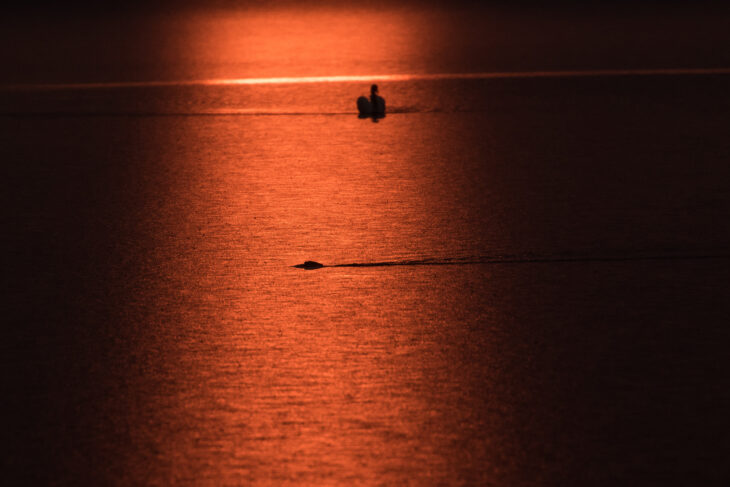
Beavers are of course fantastic environmental engineers, manipulating their environment to not only their own advantage, but improving and shaping habitat for a huge variety of species. Insects, amphibians, bats, fish, including salmon, birds and even predators such as fox and stoat all flourish in ‘beaver meadows’. Woodlands benefit from regular thinning out, allowing light to reach the ground, encouraging coppicing and a more varied woodland carpet to flourish.

Of course there will be instances when beavers will inevitably come into conflict with modern land management. Farming is one of the key land uses in Tayside, and where beavers unwittingly flood fields, challenges for both beavers and farmers will ensue.
There are however many mitigation techniques which can be explored and put in place, such as wrapping trees in chicken wire and installing ‘beaver deceivers’ which help drop water levels by placing a pies through the middle of the beaver dam. In areas of particular challenge, and as a last resort, beavers may be culled, but only under strict license by suitable qualified people.
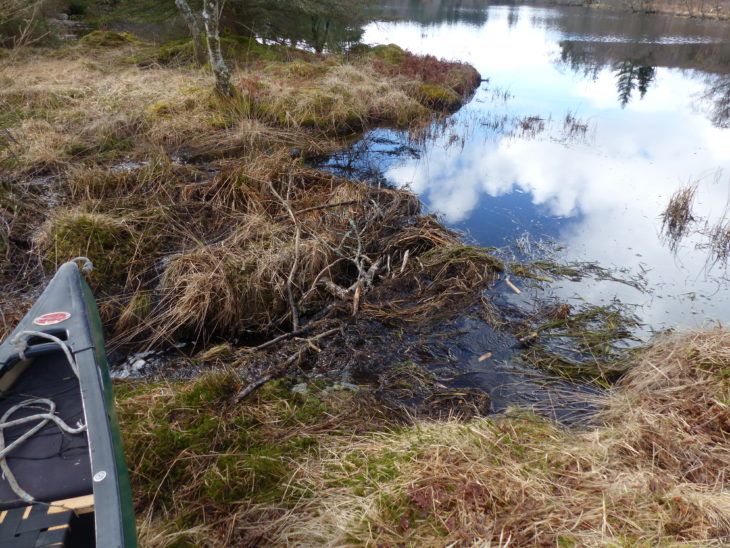
It shouldn’t be forgotten however, that humans can also benefit from these master architects. Beaver dams slow down flood waters, filter out sediment and run off from fields, in turn trapping pollutants and improving water quality. Beavers have also proven to be a significant attraction for tourists and can help inject money into local rural economies.
Here at Loch of the Lowes we run a regular Beaver Watch night where members of the public can learn about the beavers’ behaviour, biology and reintroduction, before spending some time beaver spotting as dusk falls.
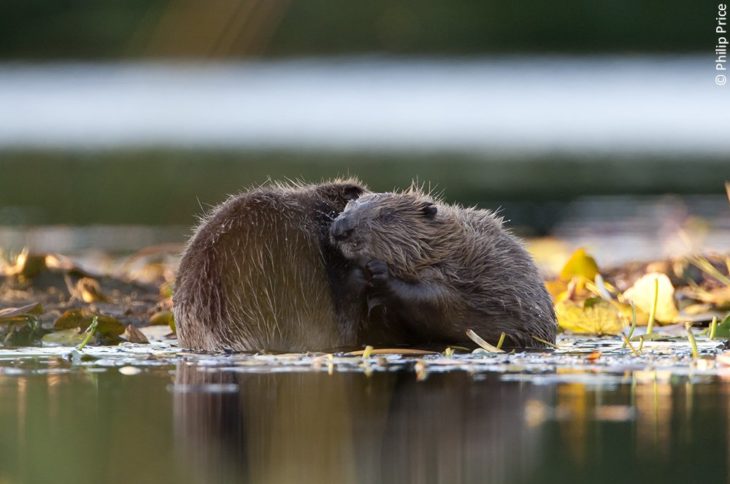
It is a special moment quietly watching beavers going about their business. Species Protection Officer Johnny Rolt has been observing and filming their daily behaviours each morning and captured the following fantastic footage.
We hope that you will join us in welcoming the return of this enigmatic native species and look forward to meeting you on the reserve.
Sara Rasmussen (Perthshire Ranger)
Johnny Rolt (Species Protection Officer)
Help protect Scotland’s wildlife
Our work to save Scotland’s wildlife is made possible thanks to the generosity of our members and supporters.
Join today from just £3 a month to help protect the species you love.
Preface
Over 400 years have passed since the last beaver was shot in Scotland, but as of 1 May 2019 beavers are finally here to stay, receiving full legal protection as …
